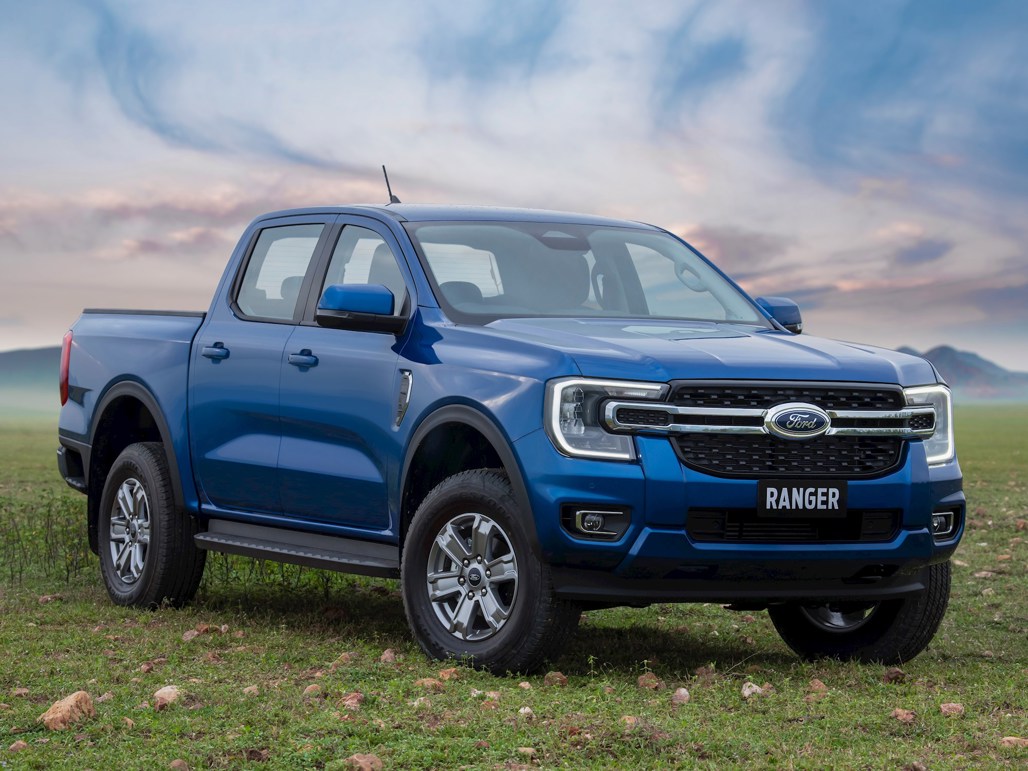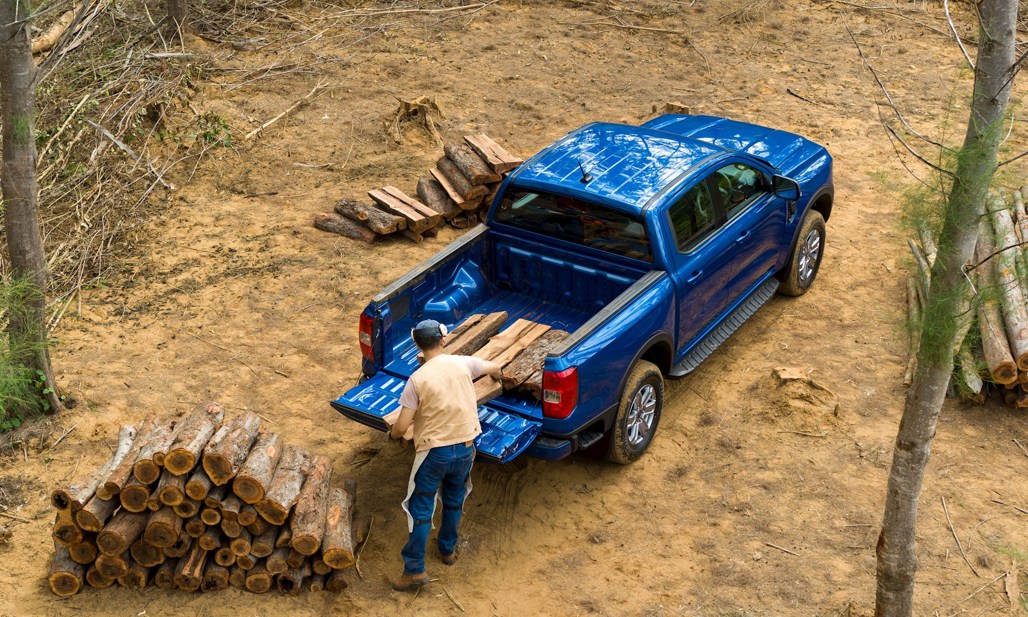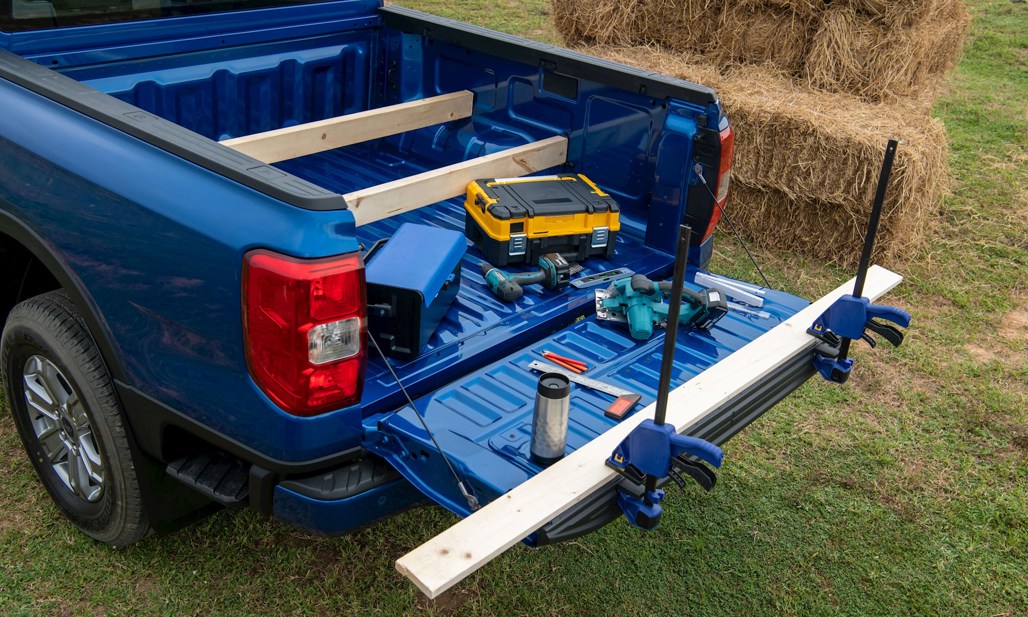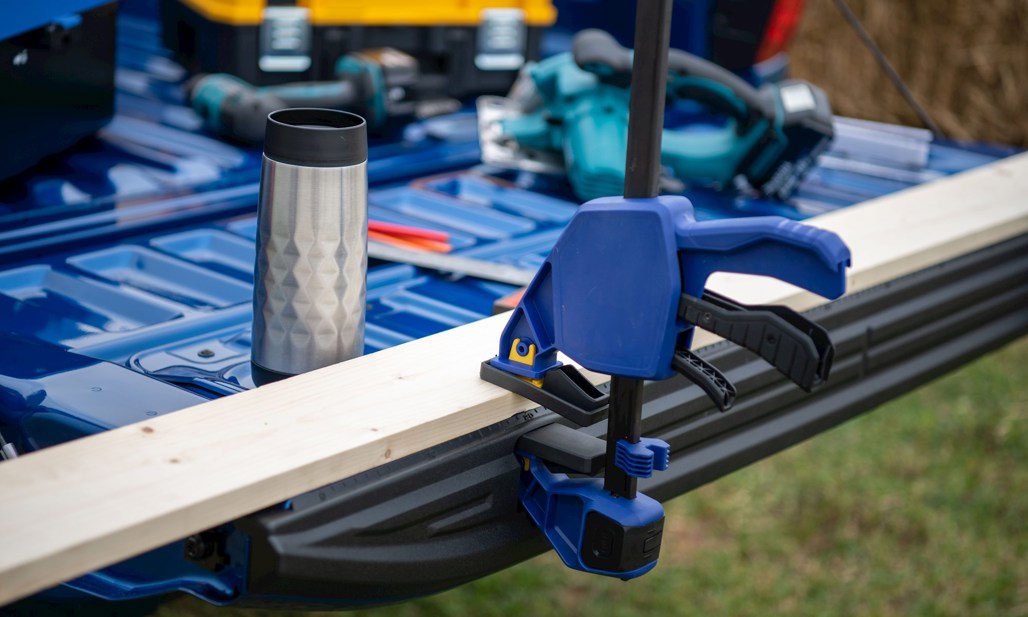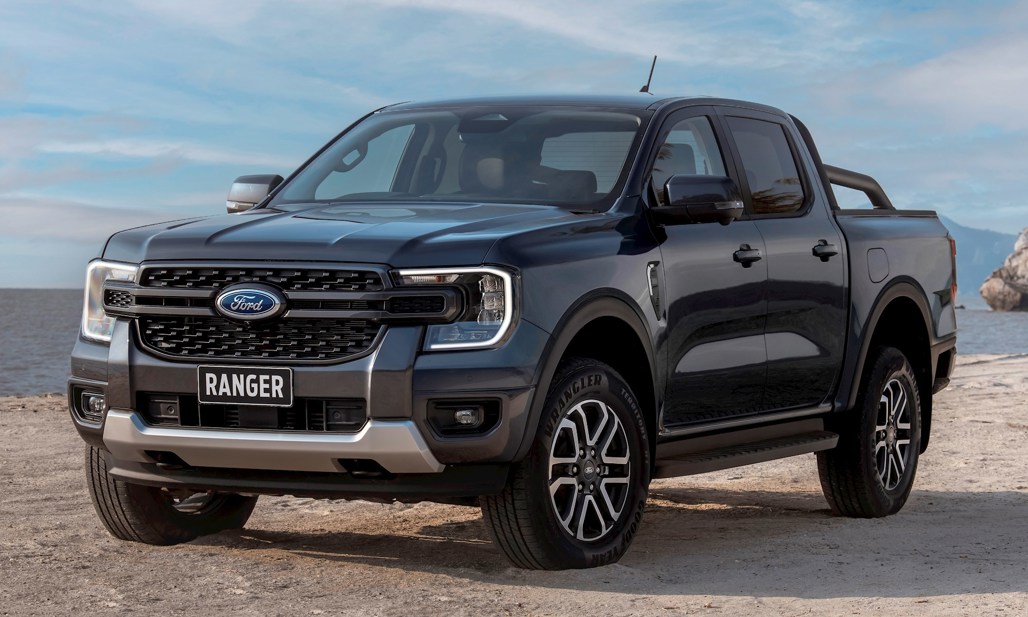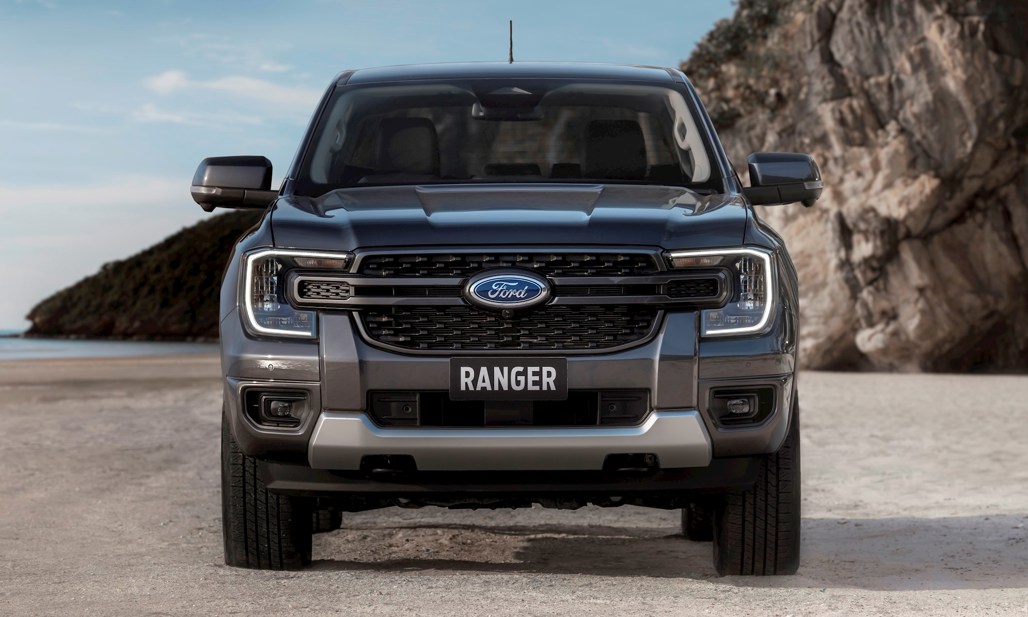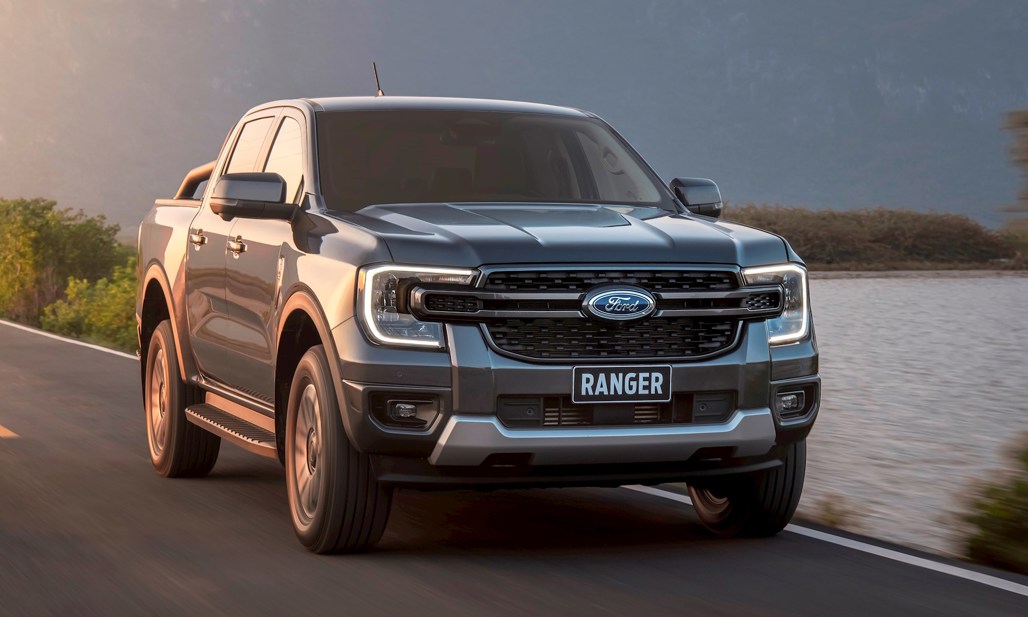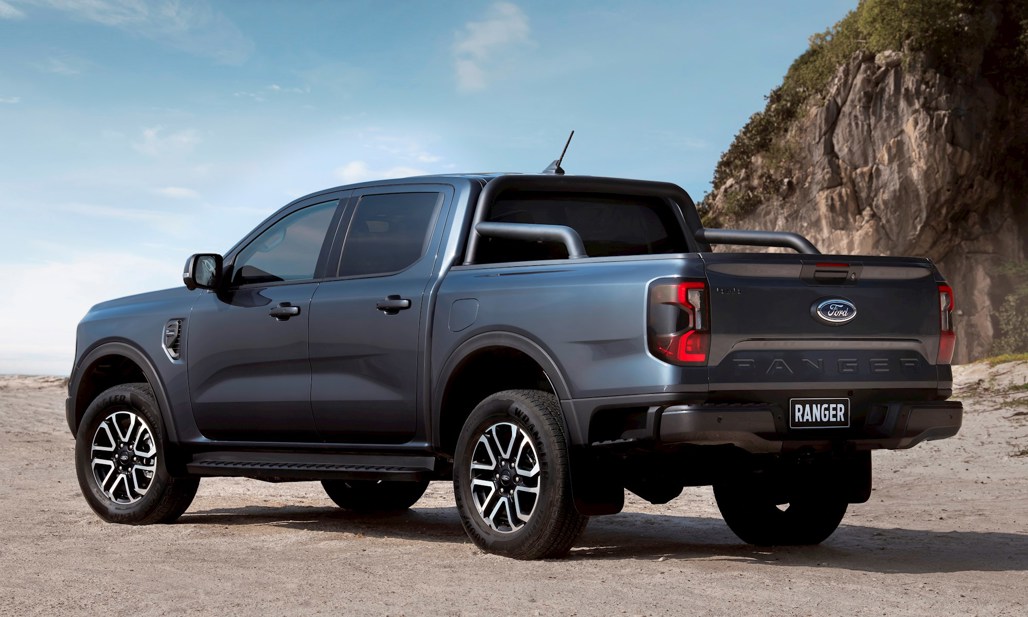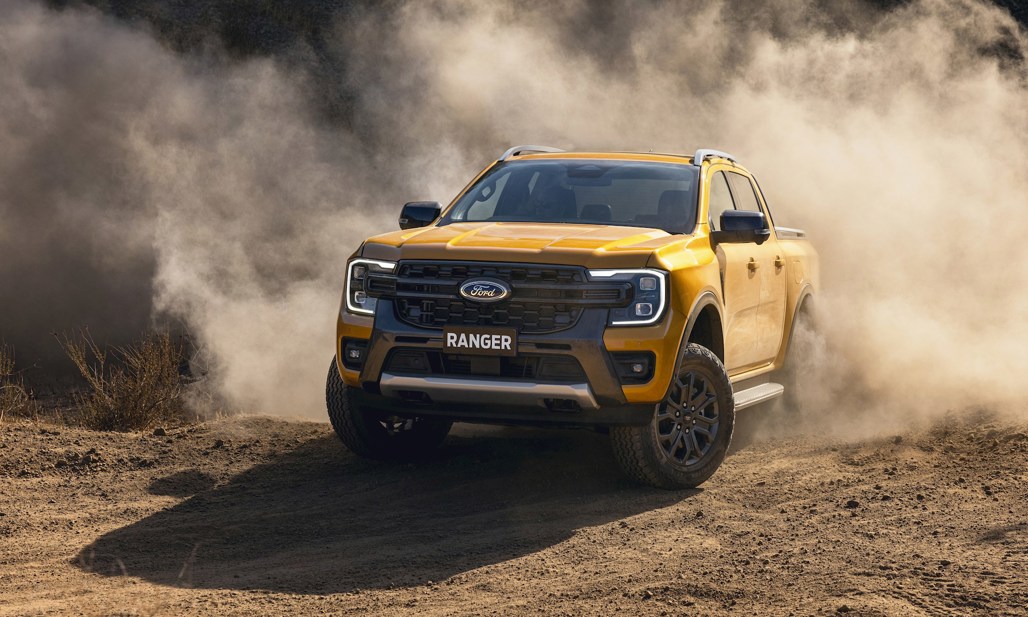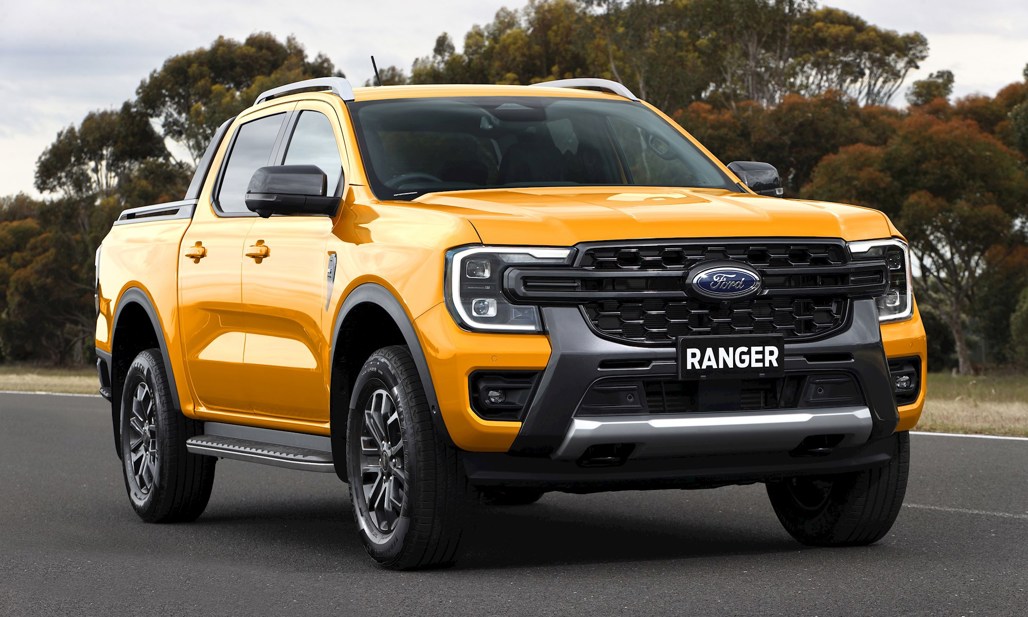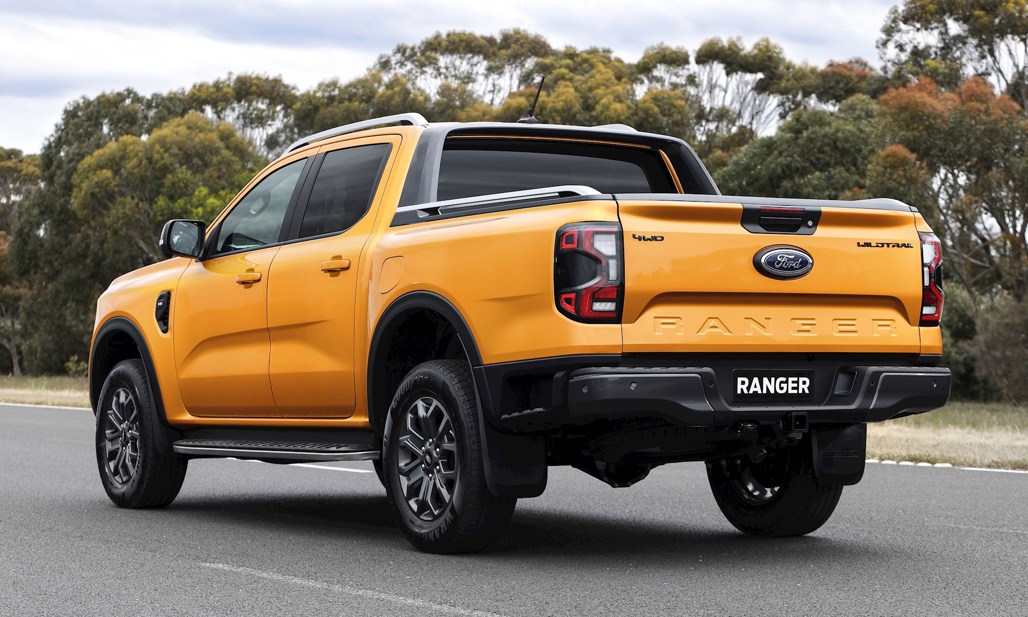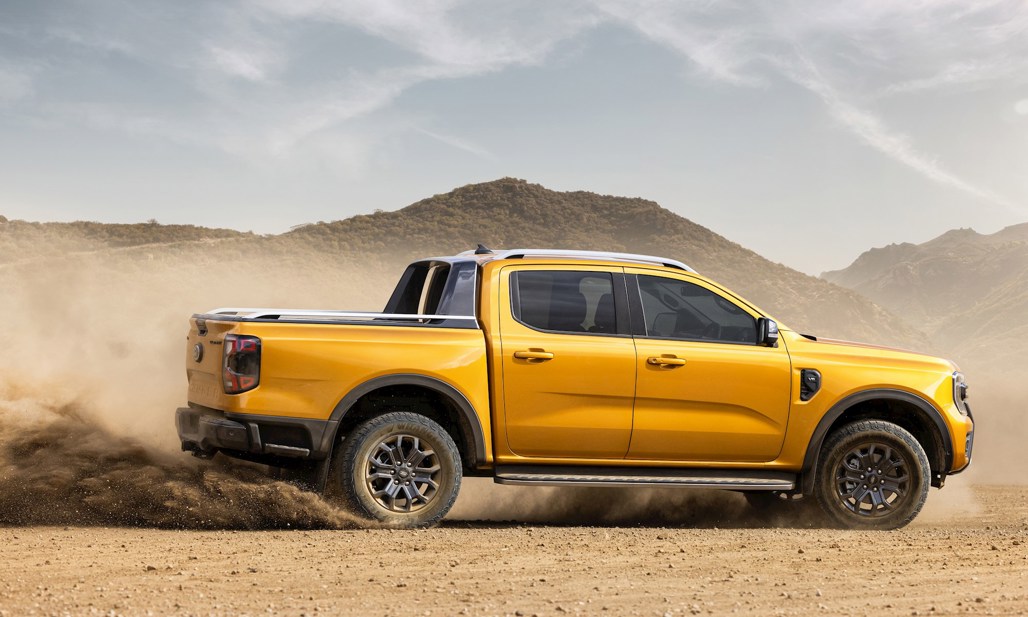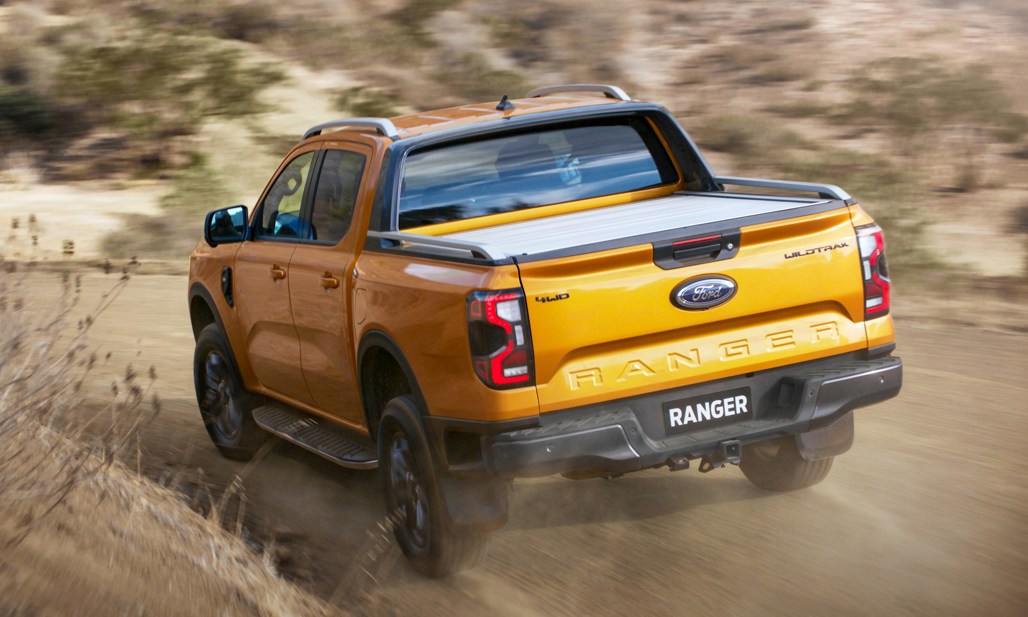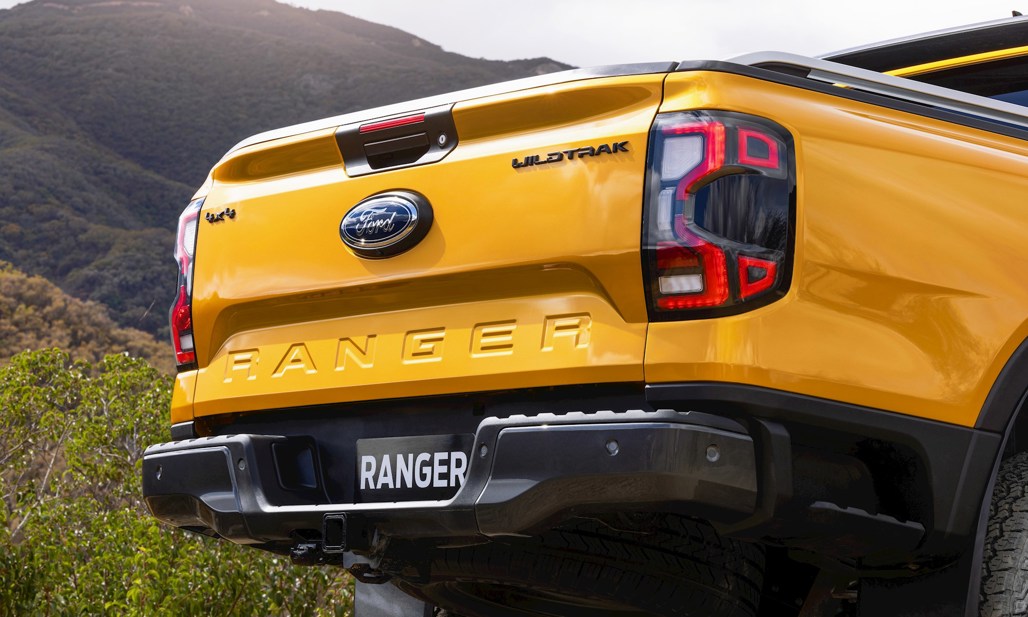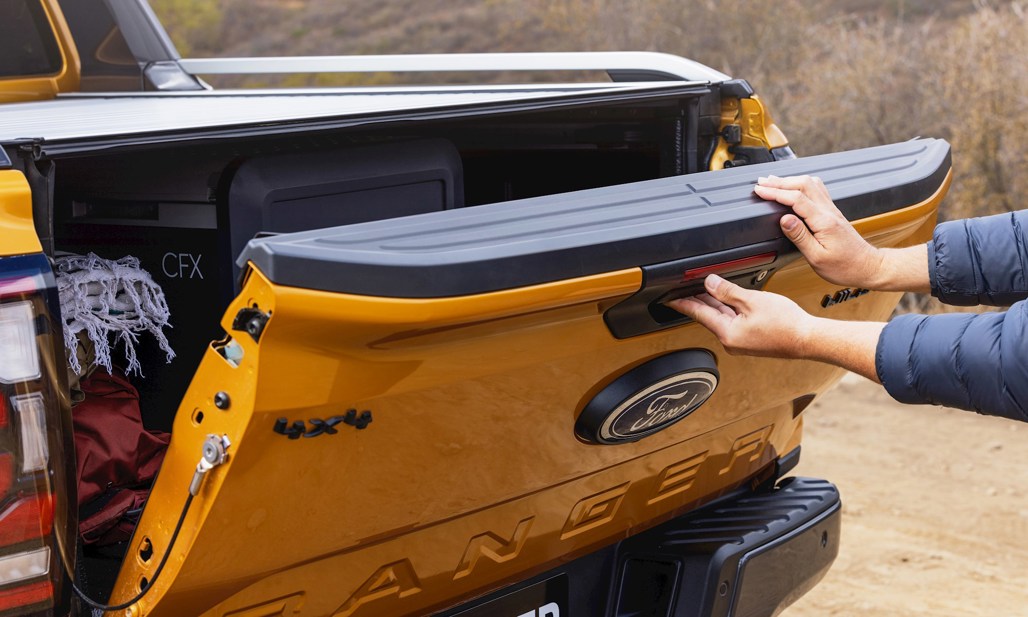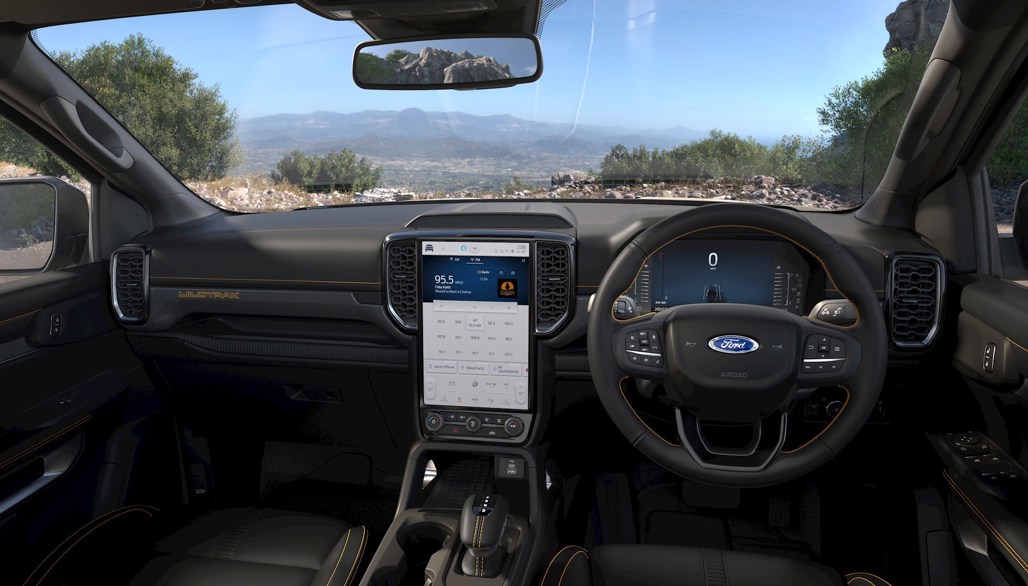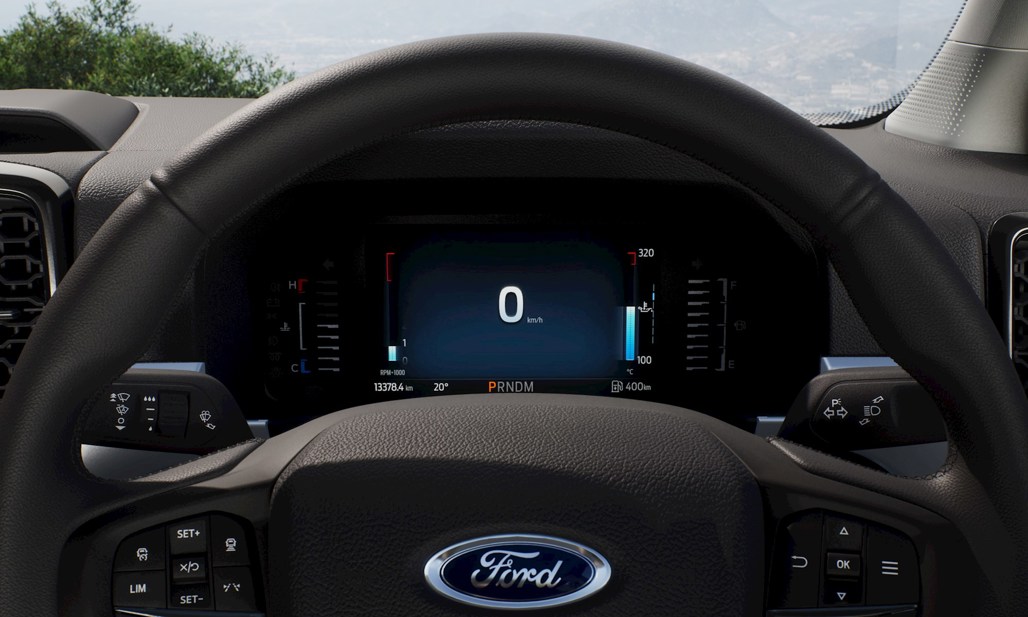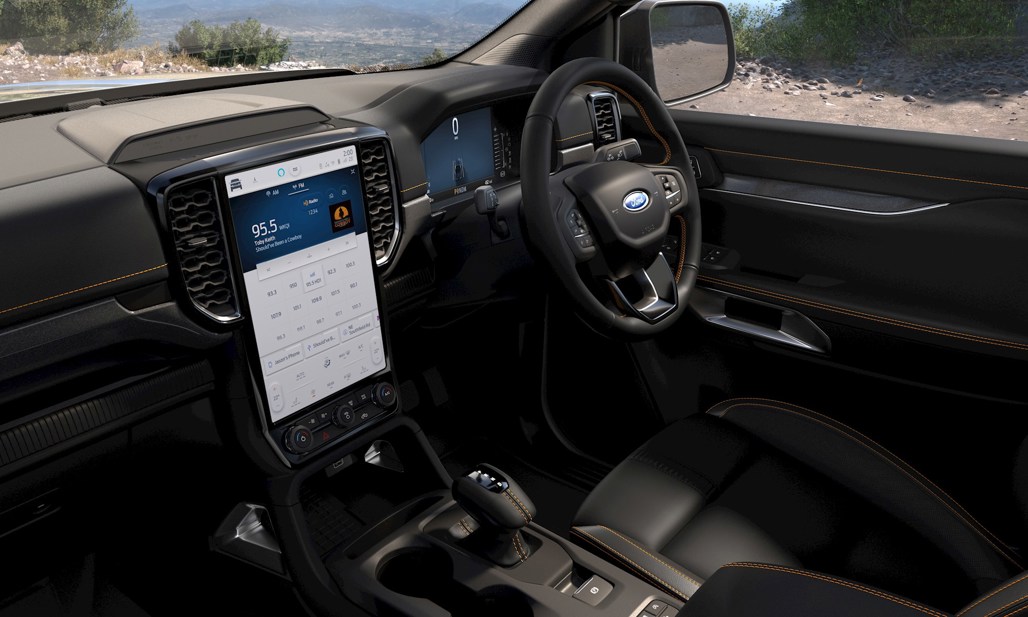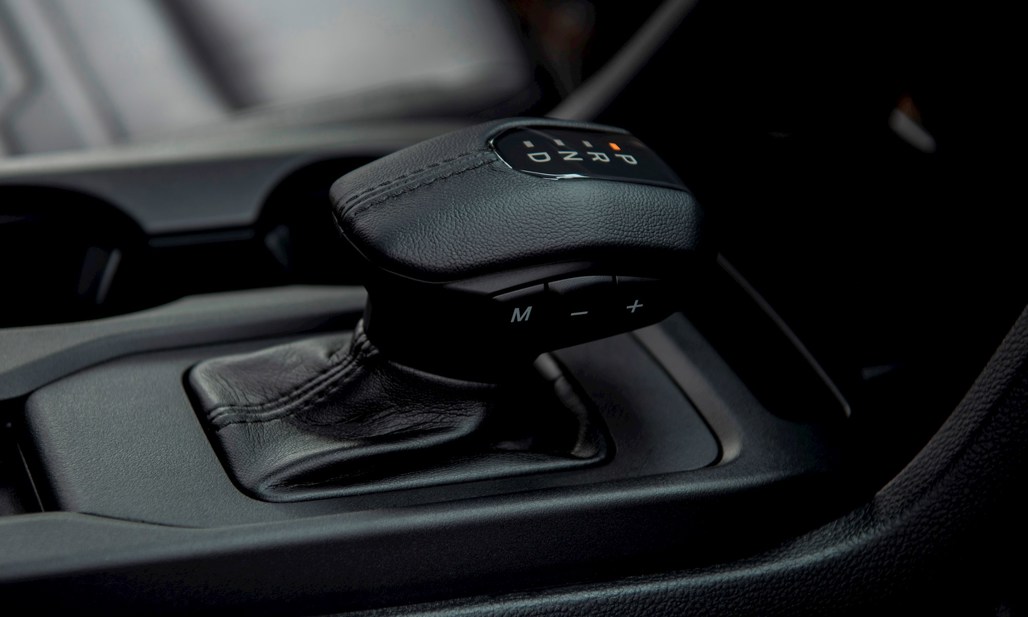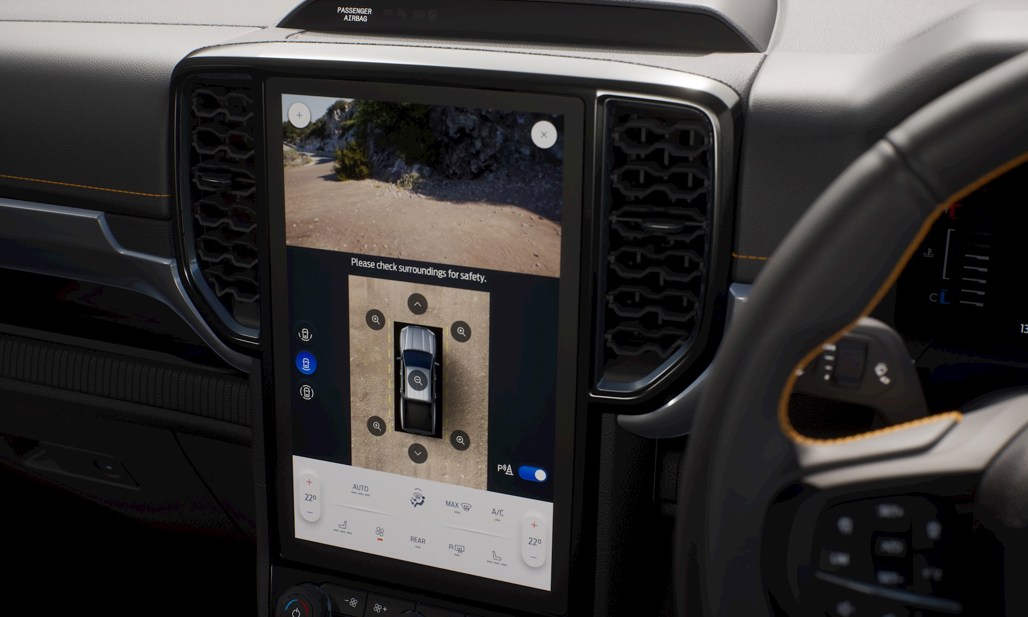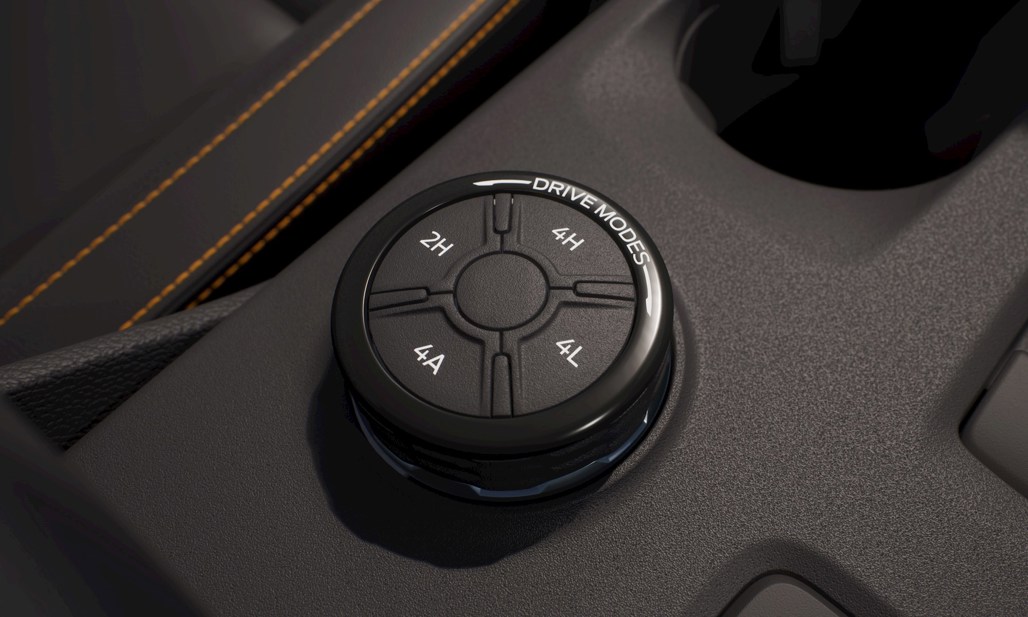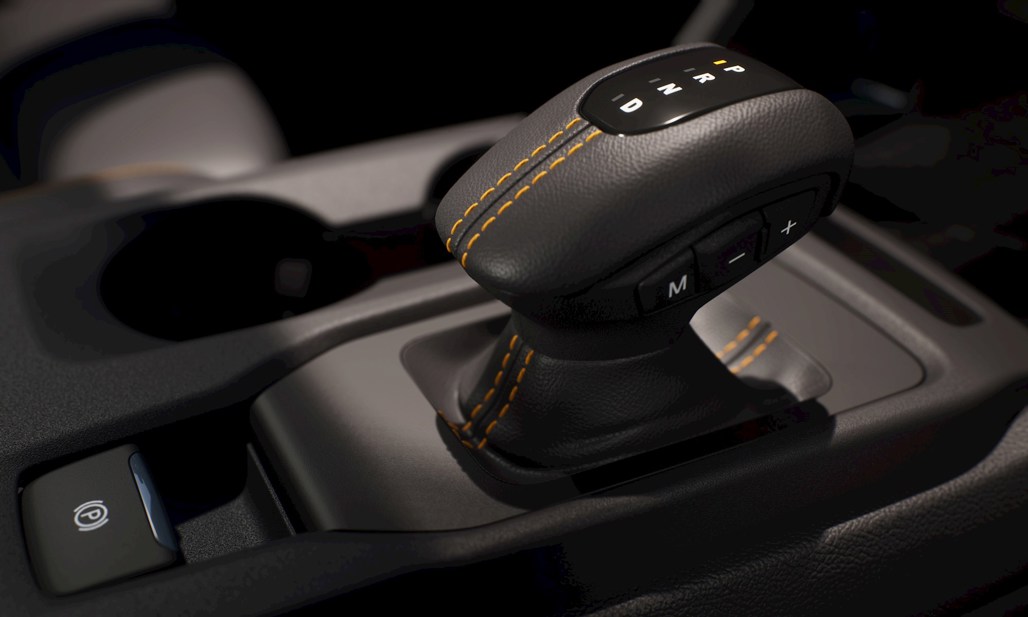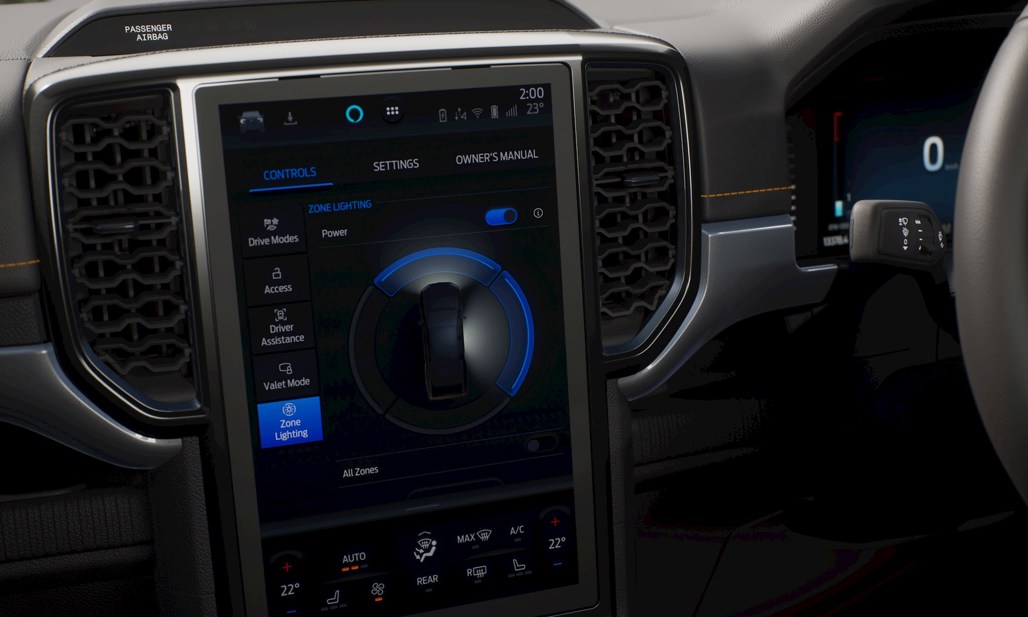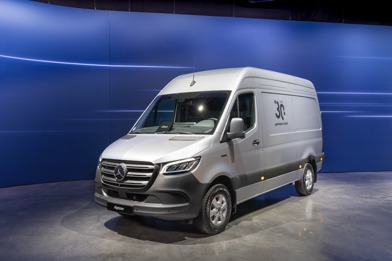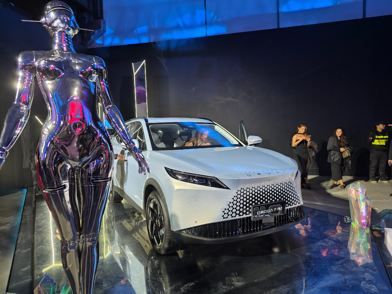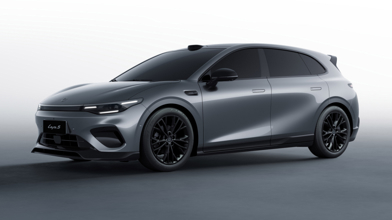Ford aims to wow buyers of the all-new 2022 Ranger with a major move up in mechanical specification, including a new 3.0-litre turbo-diesel V6 engine option and intelligent full-time 4WD system.
Many of its new utility, comfort and convenience features will be unique to the class. It boasts a “box step” behind the rear wheel for easier loading, cappings on the tray that protect the body but also conceal accessory mounting points, side-mounted tiedowns that double as bottle-openers, a tailgate-integrated workbench – and inside, a massive 12-inch portrait touch screen that houses the Sync infotainment system and off-road controls.
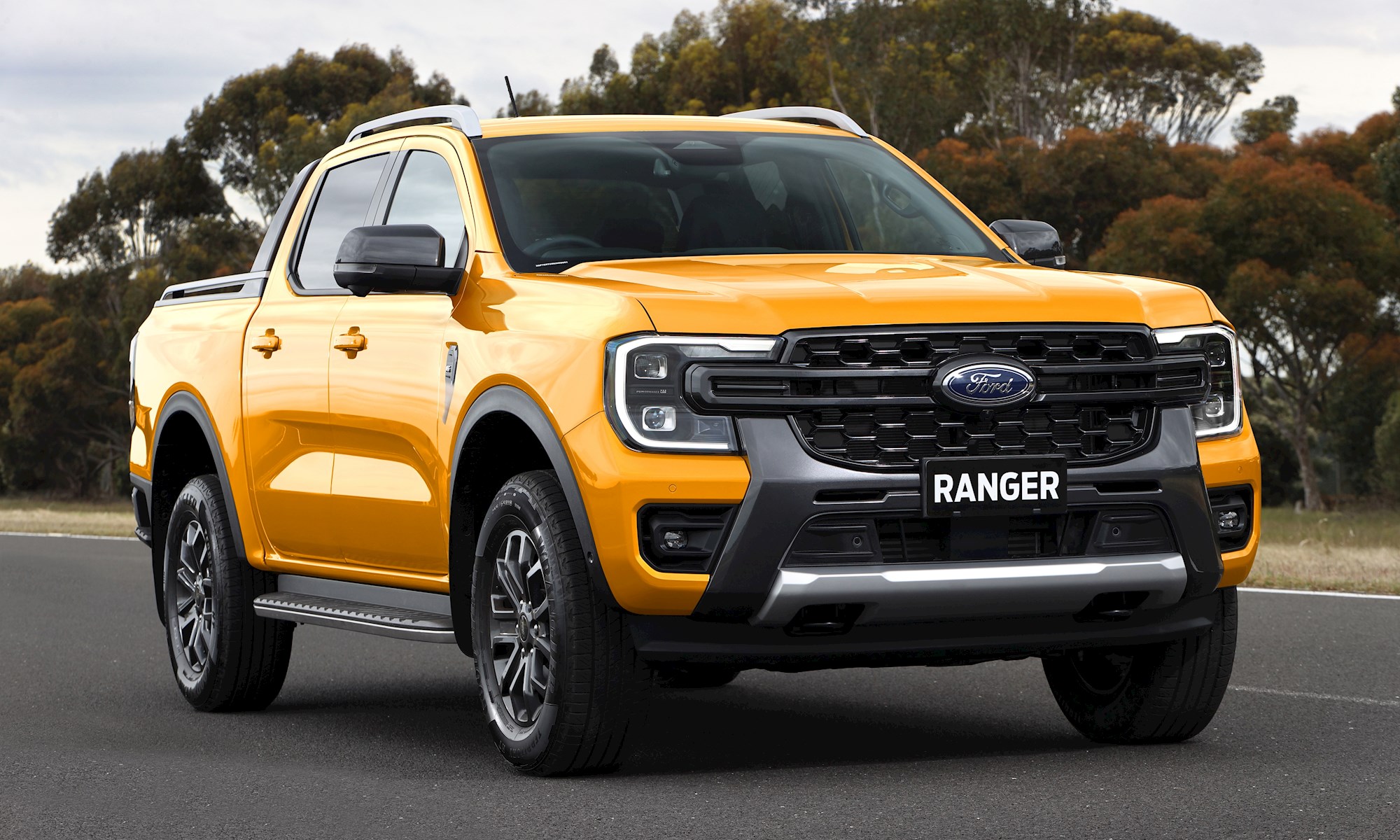
Ford reckons a lot of this will be must-have stuff for potential buyers, because it also claims the genesis of the new ute lies with the people that will actually drive it. It observed, interviewed and workshopped more than 5000 ute owners around the world before the big decisions were made.
Ford even has a “customer pathfinder for global trucks”. Will Brook worked with ute customers in Australia, South East Asia, Africa, the Middle East, Europe, China and North America to develop new ideas and establish design priorities. No, they didn’t make it to New Zealand in the early stages, but the Ranger was winter-tested in Central Otago.
“Our research work included extensive ethnography and user-experience workshops where we got ‘hands on’ with our customers,” says Brook. “We went out and visited them in their world and lived with them for a day so we could understand their needs, their passions and their pain points.”
To view all Ford Ranger models listed on DRIVEN, click here
We tend to think of Ranger as a Down Under-focused model (it’s still designed and developed in Australia), but in fact it’s sold in 180 countries and built in five separate global production facilities: two in Thailand (where NZ gets its fix), South Africa, the US and Argentina.
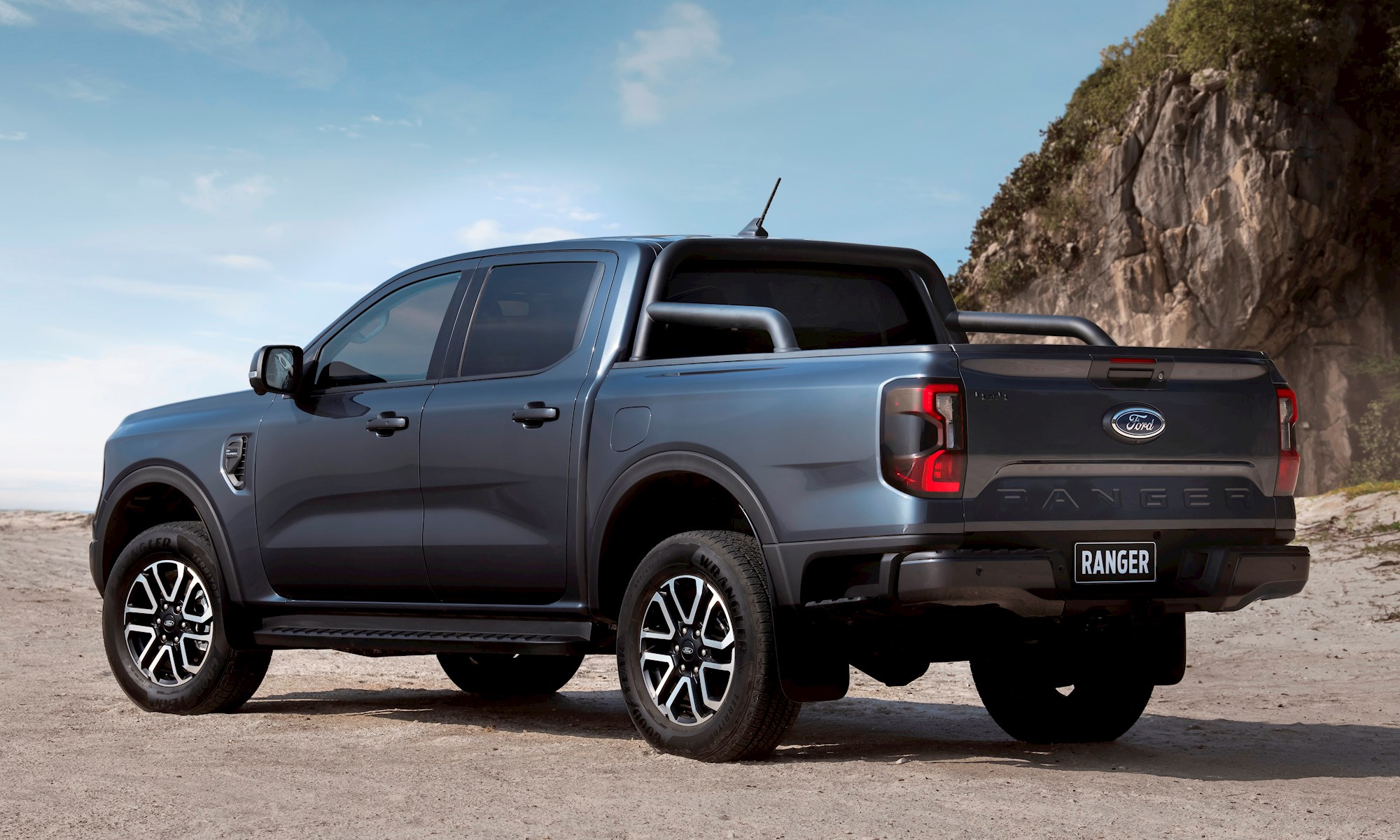
“I’ve been involved with several generations of Ranger… [and] we’ve never done as much customer research as we did for the new model,” says chief designer Max Tran. “We talked to them. Listened. And our learnings became part of our design brief before we even started the sketching process.”
The new V6 engine will be a headline feature for many. It’s a version of the Power Stroke 3.0-litre already offered in the US-market F-150, although it’s been heavily upgraded for Ranger. It fits under the bonnet thanks to a new hydroform (tubular frame) structure at the front.
“While that V6 is proven in the field, we treated it just like a brand-new engine for Ranger,” says Pritika Maharaj, programme manager for the T6 model. “One example is that we’ve redesigned the turbo lubrication system to improve the turbocharger for heavy duty off-road conditions, such as uneven terrain that tilts the truck at extreme angles.”
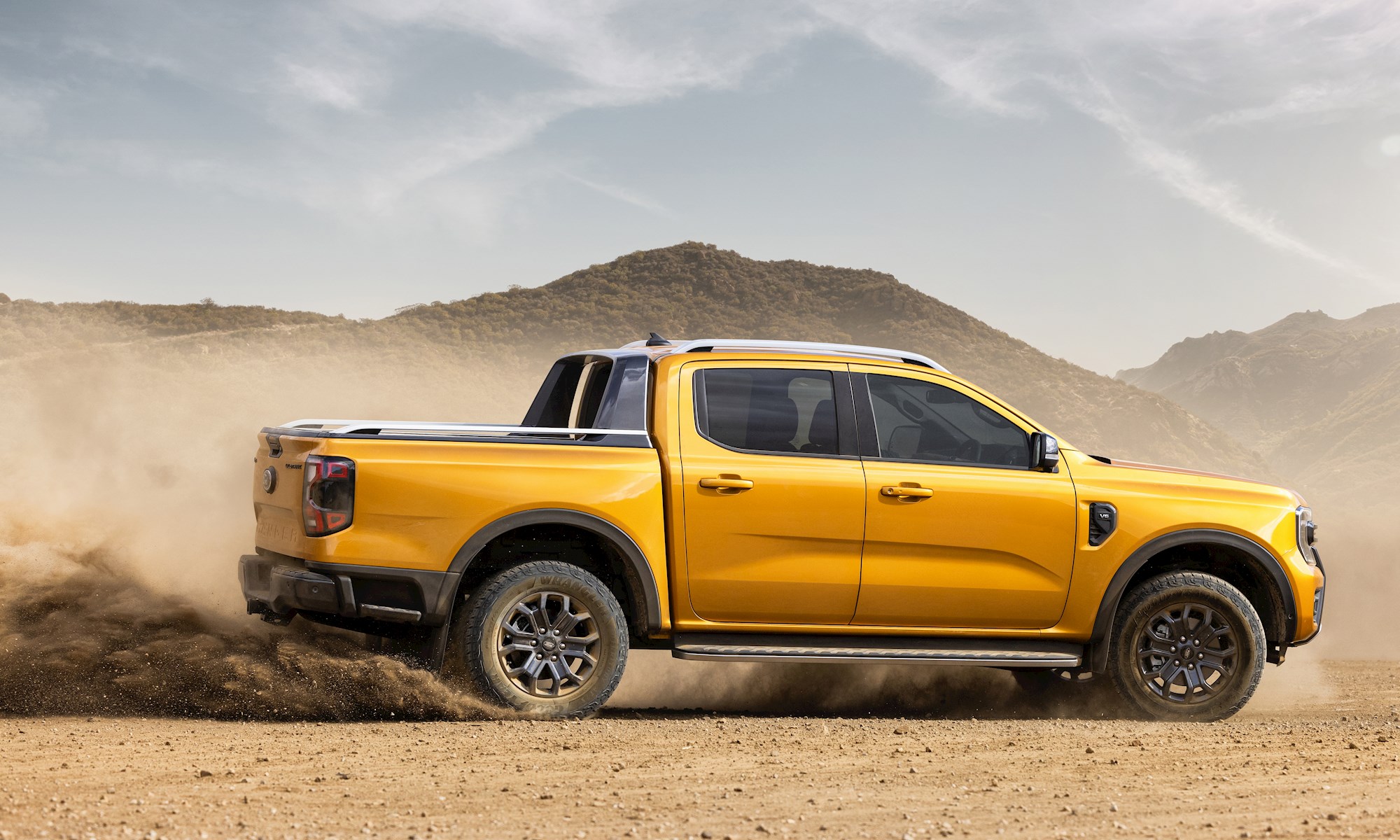
Ford is not releasing power/torque figures just yet, or revealing which Ranger models will carry the V6 option. But Maharaj says the Ranger V6 “will be pretty much in its own category in the mid-size pickup segment in terms of power and torque”.
The current 2.0-litre biturbo and 2.2-litre single-turbo engines will continue.
The 10-speed transmission has been tweaked with a new torque converter and shortened spaces between ratios. It can also now be set in a “tow haul” mode.
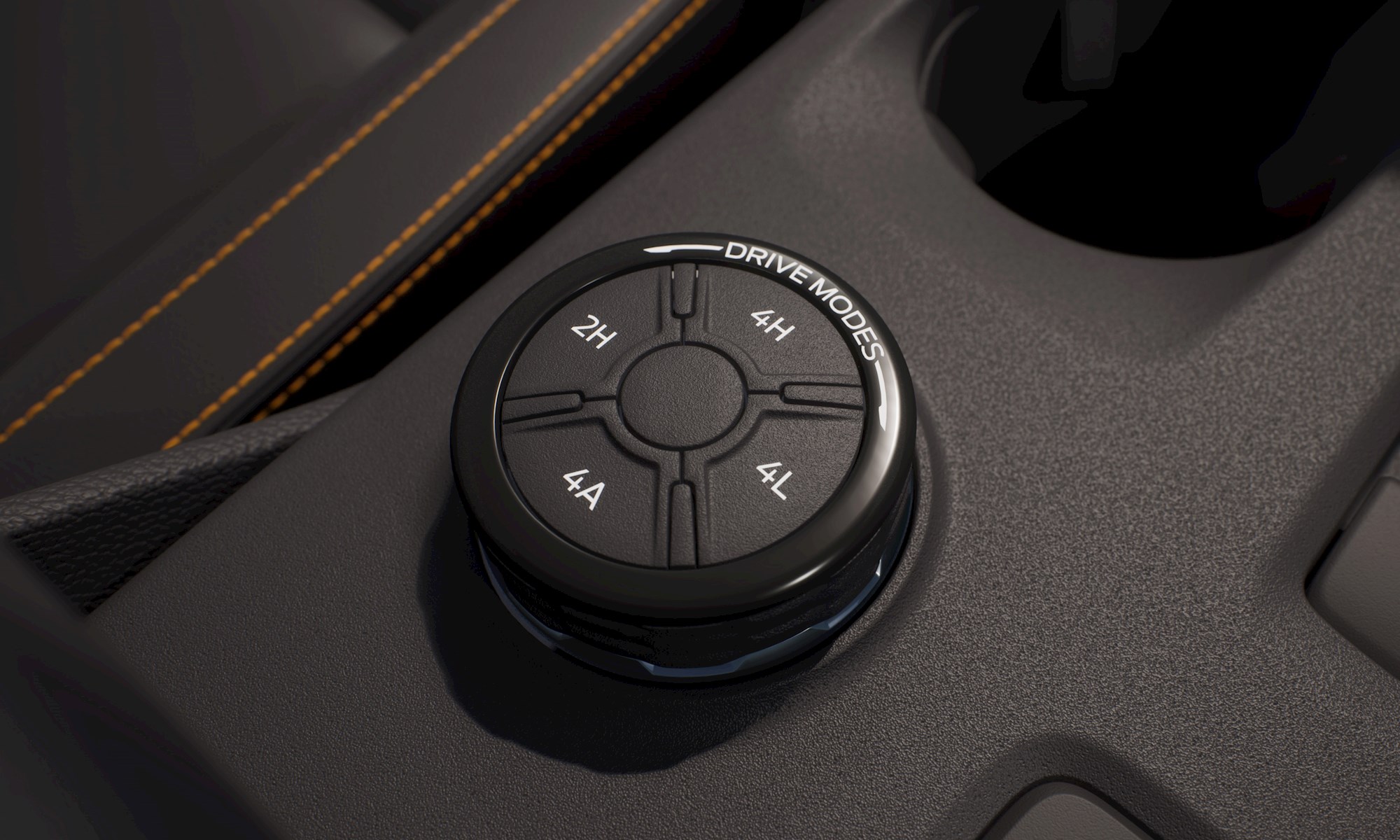
Entry versions will retain the existing part-time 4x4 setup, but higher-end Rangers will also offer an intelligent 4x4 system that includes a “set and forget” mode, meaning it can be driven on-road in on-demand AWD, like an SUV. Currently the only utes that offer a similar drivetrain are the Volkswagen Amarok and Mitsubishi Triton.
The increase in wheelbase/track and a move to outboard dampers for the rear suspension gives a wider tuning window for the chassis, says Ford. It promises improved on-road ride, but also better axle articulation for the rough stuff.
Inside, Ranger dynamic experiences supervisor Rob Hugo calls the decision to incorporate the off-road controls into the new 12-inch portrait touch screen a big “what if?” discussion among customers and the design team. But it’s happened, as an overall move to de-clutter the cabin. The same goes for the new short-throw “e-shifter”.
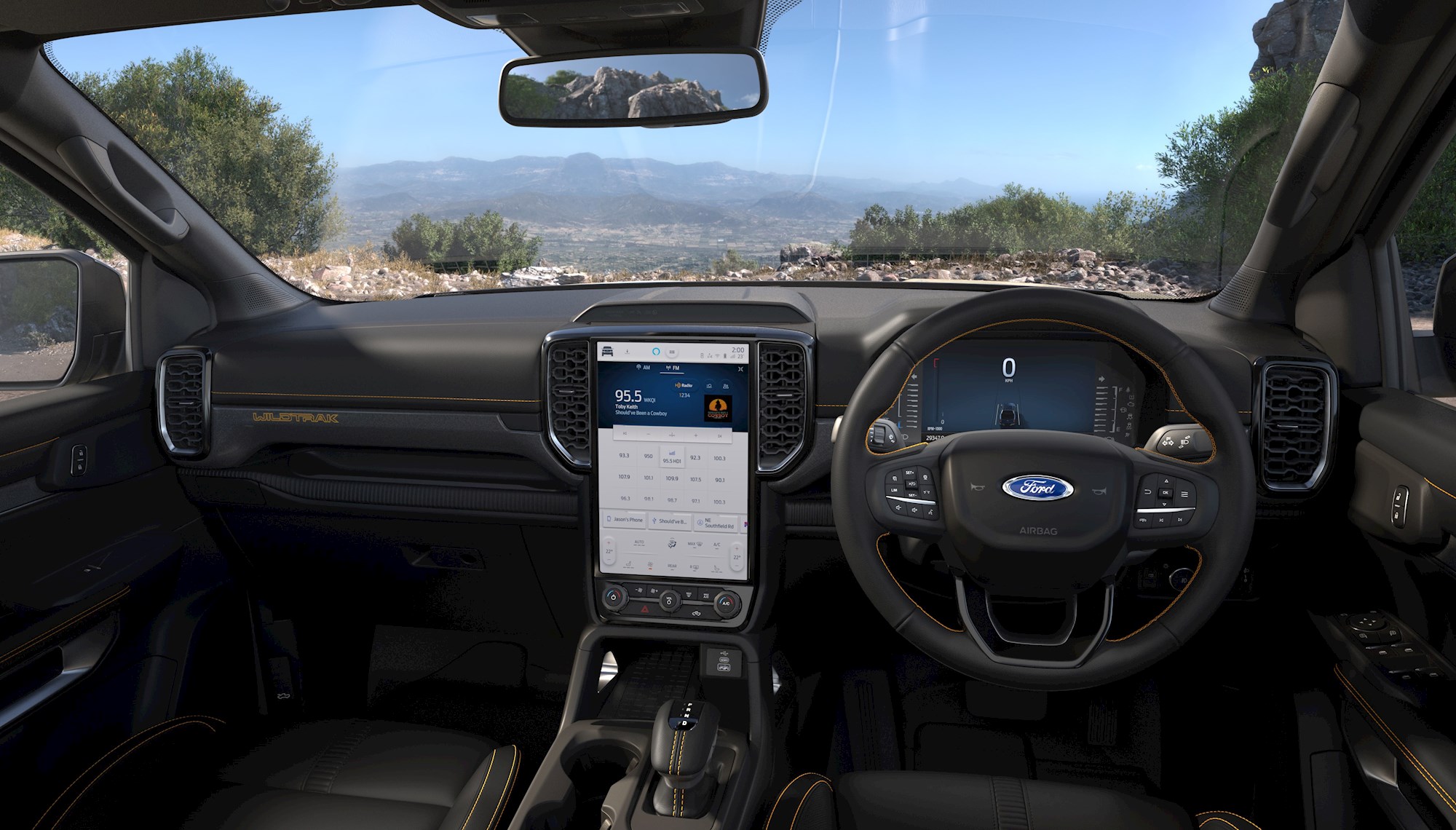
The tray is now 50mm wider, which doesn’t sound like a lot, but it allows Ranger to carry a full-sized pallet.
However, Ford also went to town on the packaging and design detail. There’s a “box step” incorporated into the bodywork behind the rear wheelarch, so you no longer have to step on the tyre when loading from the side.
Box cappings are also standard across the range. They protect the paintwork around the tray (and also look rather smart), but pop them off and there are mounting points for any number of accessories. Ford has also paid more attention to providing load-bearing tie-down points outside the tray; key to that are much stronger wellside walls, which are made from multiple layers of metal welded together.
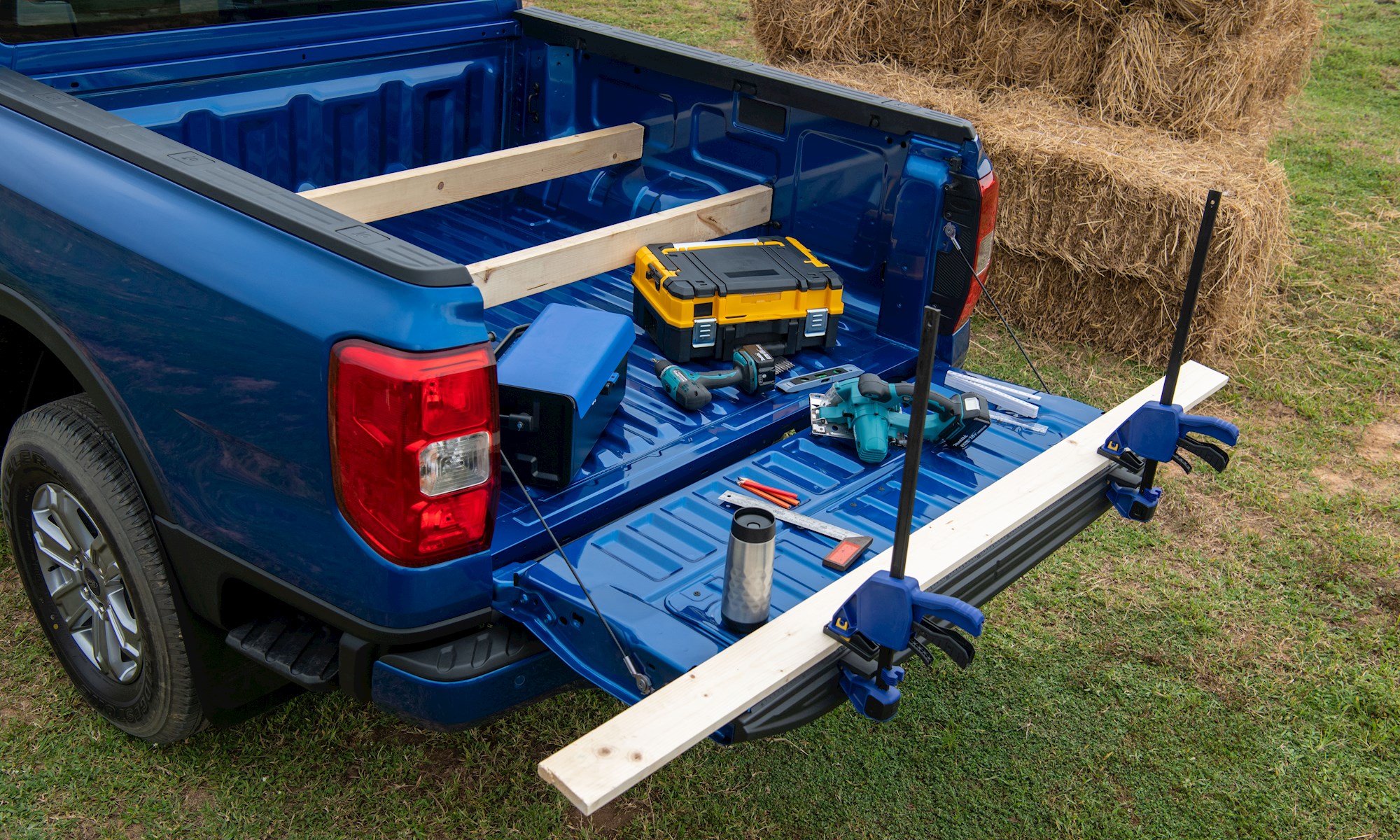
The bedliner has been improved and softened, and also allows the fitment of divider locaters, so customers can create their own partitions.
The tailgate now doubles as a workbench: two cupholders, a ruler and even two pockets to allow the mounting of G-clamps (when not in use they’re concealed by the capping).
New Ford products are all “live” with an embedded SIM card, paired with the FordPass app. Ranger uses this for zone lighting, which allows owners to selectively illuminate areas around the truck remotely from their smartphones – including load box lights on each side of the tray. There are also “super puddle” lights on the side.
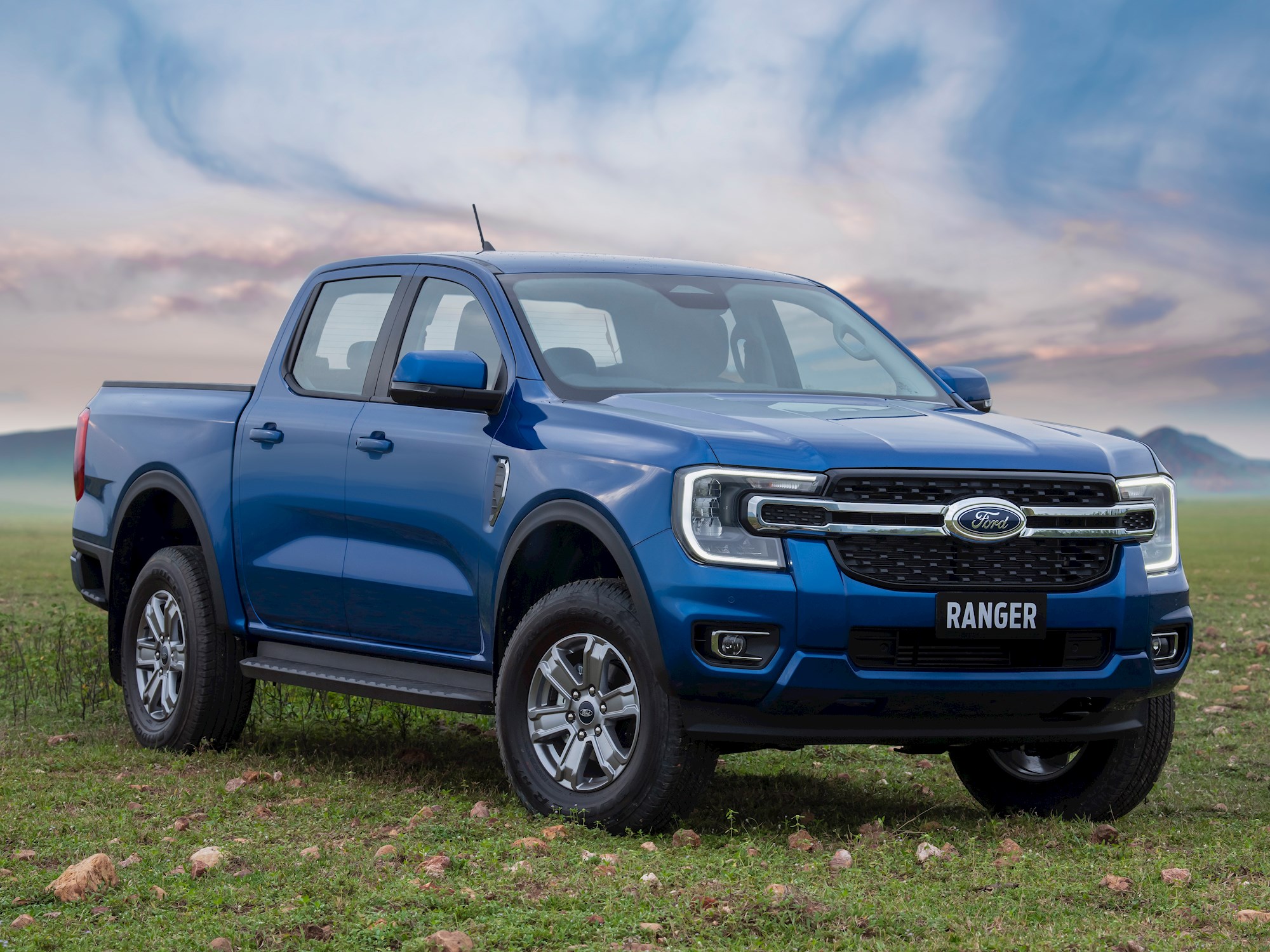
Detailed specification is yet to be revealed for individual markets, but Ford NZ promises more news in the next few weeks on our XLT (above), Sport (in grey, see gallery below) and Wildtrak (in orange, top of the page) variants. Proposed local launch date is mid-2022.
Yes, there will be a new Raptor, although that’s completely under wraps for now, lest it overshadow the mainstream models. A Ford spokesperson has also confirmed that an Electric Vehicle (EV) version of the Ranger is coming to NZ, although it won’t be available at launch.
And as is now well known, Ranger will also provide the platform for the next-generation Volkswagen Amarok.

